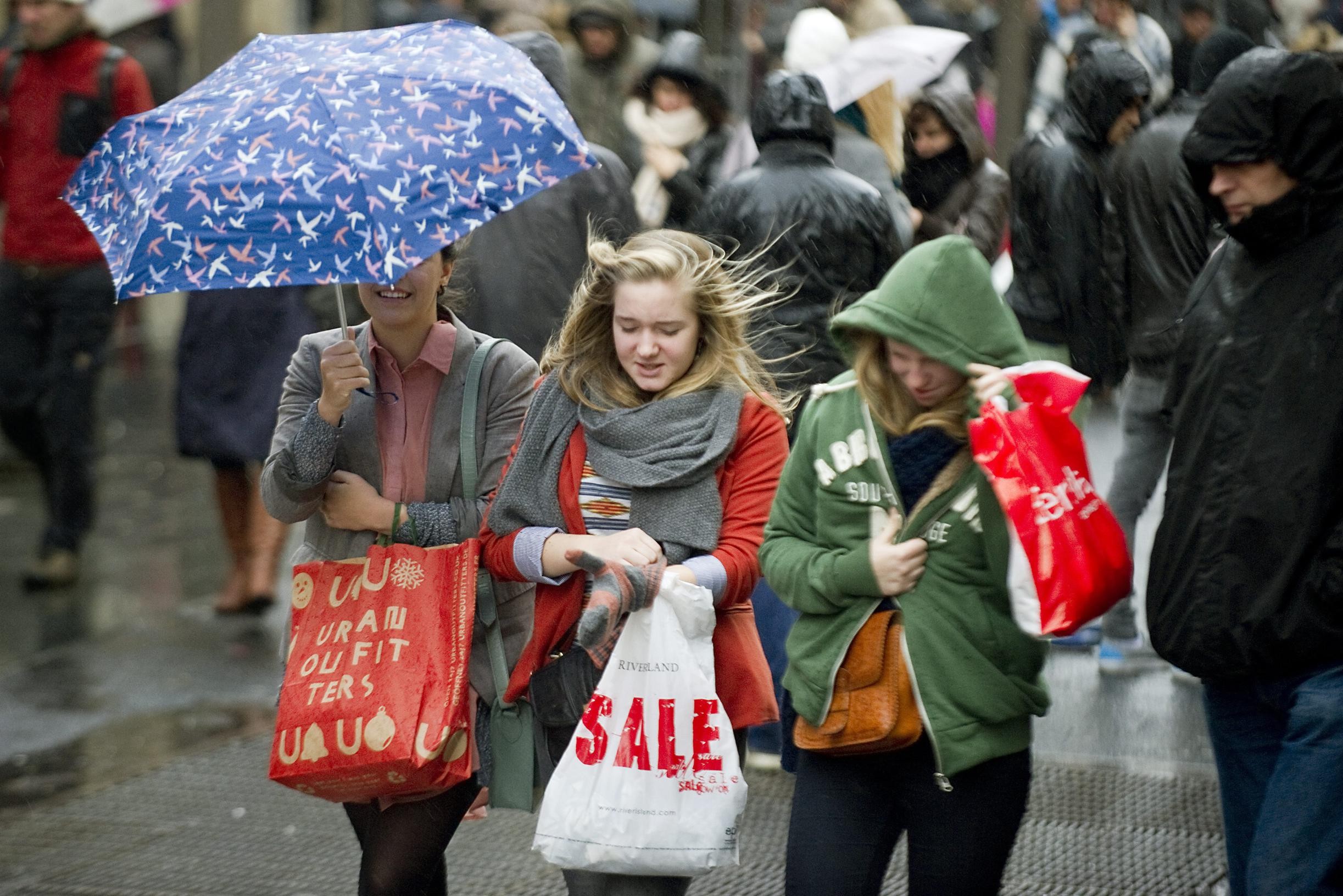theme image — © pol de wilde-corelio
–
Winter sports holidays have made Austria the main other country where the Dutch have recently contracted the corona virus. Figures from the National Institute for Public Health and the Environment show that 964 people who tested positive last week had visited the Alpine country in the two weeks before. Our country is, after France, number three: 682 Dutch people were in our country shortly before they turned out to be infected.
–
jvhSource: BELGIAN
—
Austria thus accounts for 16 percent of all infections in the Netherlands that were traced to another country between December 27 and January 3, France (740 cases) for 12 percent, and Belgium 11 percent. After Belgium, Germany (669 infections) and Spain (605 infections) follow.
Austria recently introduced strict entry rules for Dutch nationals. Anyone who has not yet received a booster shot must be quarantined for at least five days, which makes a winter sports holiday practically impossible. Many Dutch people moved to their holiday destination quickly before the quarantine obligation came into effect. Some compatriots went to Germany to get a booster jab to be able to hit the slopes earlier and without any problems.
Antwerp, among others, has received thousands of Dutch people in recent weeks, but there were no restrictions.
ALSO READ. Another Dutch invasion in Antwerp: “Our economy is breaking down. Good from the Belgians”
“Underestimation”
The Dutch National Institute for Public Health and the Environment (RIVM) calls the figures “underestimations of the actual numbers and percentages”. Due to the high number of infections, the contact tracers do not always succeed in conducting source and contact investigations in the Netherlands after someone has tested positive. In many cases, therefore, it is never established where someone may have contracted the virus. Of all Dutch people who tested positive last week, at least 6 percent had recently been abroad.
For the Outbreak Management Team, an advisory body to the government in The Hague, everyone who comes to the Netherlands from abroad should take a self-test immediately after arrival and repeat this after five days.
— .


